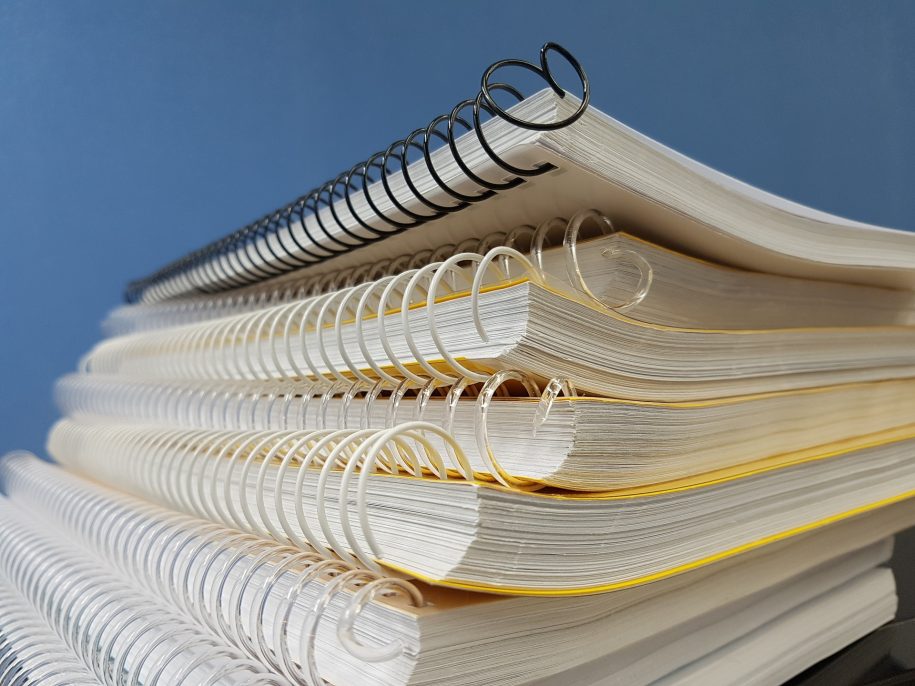 Nice classification’s new version has been available since August 15, 2018. It corresponds to the version of Nice classification’s eleventh edition of 2019, applicable since January 1, 2017. This new version will come into force on January 1, 2019 and concerns all the trademark applications received starting January 1, 2019.
Nice classification’s new version has been available since August 15, 2018. It corresponds to the version of Nice classification’s eleventh edition of 2019, applicable since January 1, 2017. This new version will come into force on January 1, 2019 and concerns all the trademark applications received starting January 1, 2019.
Nice classification refers to the international classification of goods and services for trademark applications only. You can find 45 classes: 34 for goods and 11 for services. For instance, class 12 rallies all types of vehicles, whereas class 41 includes mainly education, formation and entertainment services, as well as cultural and sports related activities.
Nice classification is often updated. This allows a greater number of goods and services to integrate its different classes. Thus, trademark applications become more and more accurate and, trademark’s protection is reinforced. This is extremely beneficial since it allows to perform better trademark clearance searches when we want to check if a certain sign is available.
Nice classification was created during Nice’s agreement on June 15, 1957. It is an international Treaty administrated by the World Intellectual Property Organization (WIPO). Since its enforcement, 85 states have joined the Treaty, including France, Russia, the United States and Turkey, which has recently adopted a new intellectual property code. To join the Treaty, there is a requirement to be member state of the 1883’s Paris Convention for the Protection of Industrial property. Such a condition constrains member states to apply the classification. Thus, this renders goods and services’ classification identical in every country, thus facilitating trademarks’ registration and application in member states.
Moreover, this classification is not only used by Nice arrangement’s member states, but also by regional organisations such as the African Regional Intellectual Property Organization (ARIPO) and European Union Intellectual Property Office (EUIPO).
There are other classifications that facilitate demands of intellectual property’s titles.
When it comes to Trademark law, Vienna classification gathers all figurative parts of a trademark in 29 categories. For instance, category 5 regroups plants.
This classification comes from 1973’s Vienna agreement. 32 States have joined since then.
The eight’s edition is enforced since January 1, 2018.
When it comes to right designs, Locarno classification rallies all the products likely to be a drawing or a model in 32 classes and 219 subcategories. For instance, class 2 regroups dressings and haberdashery’s articles, class 02-03 concerns hat shop’s articles. This classification comes from the 1968’s Locarno agreement. Since then, 55 States have joined. The eleventh’s edition is enforced since January 1, 2017. The twelfth’s edition will be enforced on January 1, 2019, and is already available on WIPO’s website.
Concerning Patent law, International Patent Classification (IPC) is a patents and utility models ranking system. It is composed of 8 sections, each divided in multiple subsections. For instance, section C regroups chemistry and metallurgy, whereas section C13 concerns the sugar industry. This classification comes from 1971’s Strasbourg agreement. Since then, 62 States have joined. IPC is updated annually, and the next version enters into force on January 1, 2019.
Thanks to those different classifications, regularly updated and available in many languages, it has now become easier to delimit the extent of industrial properties’ protection. IPzen is able to help you handle your Trademark law rights, thanks to a secure module especially adapted. Visualize your entire brand portfolio in the blink of an eye!
You can see instantly all the information concerning trademark applications and registrations, simply by clicking on the “trademark” section.


